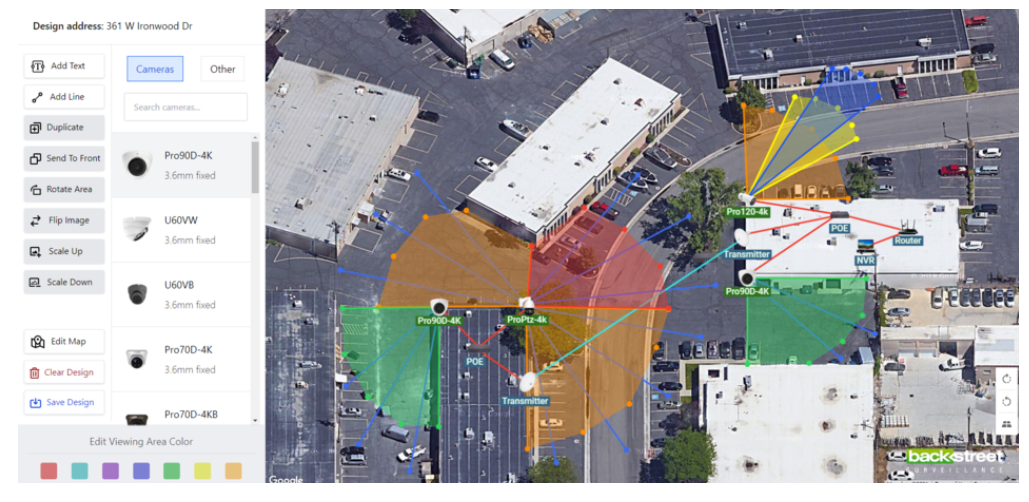How to Fix a Leaky Faucet: A Step-by-Step Guide
A leaky faucet can be more than just an annoying drip; it can also waste significant water over time, leading to higher utility bills. Fortunately, fixing a leaky faucet is a relatively simple DIY project that can save money and prevent further damage. In this guide, we’ll walk you through the steps to repair a leaky faucet, with relevant keywords to help you find additional resources and tools.
Tools and Materials You’ll Need
Leaky faucet you start, gather the following tools and materials:
- Adjustable wrench
- Screwdrivers (both flat-head and Phillips)
- Replacement parts (such as O-rings, washers, or cartridges)
- Plumber’s tape
- Pliers
- Allen wrench (if needed)
- Bucket or towel
Step-by-Step Guide to Fixing a Leaky Faucet
- Identify the Type of FaucetThere are four common types of faucets: compression, ball, cartridge, and ceramic disk. Identifying your faucet type is crucial as it determines the parts you need to replace.
- Turn off the water supply. Locate the shutoff valves under the sink and turn them off. If your sink doesn’t have shutoff valves, turn off the main water supply to your home. Open the faucet to release any remaining water in the lines.
- Plug the drain. Use a sink plug or a rag to block the drain. This prevents small parts from falling down the drain while you’re working.
- Disassemble the Faucet
- For Compression Faucets: Remove the decorative cap on the handle, unscrew the handle, and use an adjustable wrench to loosen and remove the packing nut. Remove the stem, and inspect the O-ring and washer.
- For Ball Faucets: Use an Allen wrench to remove the handle, then use pliers to remove the cap and collar. Extract the ball assembly and check the inlet seals and springs.
- For Cartridge Faucets, Remove the handle and use pliers to remove the retaining clip holding the cartridge in place. Then, pull out the cartridge.
- For Ceramic Disk Faucets, Remove the handle and unscrew the escutcheon cap. Then, lift out the cylinder and check the seals.
- Inspect and Replace Damaged Parts. Examine the parts for signs of wear and tear. Worn-out washers, O-rings, and seals are common culprits of leaks. Replace these parts with new ones, which can be found at most hardware stores.
- Clean the Components: Clean the faucet’s interior components and the valve seat with vinegar to remove any mineral buildup. This helps ensure a proper seal when you reassemble the faucet.
- Reassemble the Faucet
- For Compression Faucets: Reinstall the stem, replace the packing nut, and reattach the handle.
- For Ball Faucets, Replace the ball assembly, springs, and inlet seals. Then, reattach the collar and cap, followed by the handle.
- For Cartridge Faucets: Insert the new cartridge, replace the retaining clip, and reattach the handle.
- For Ceramic Disk Faucets: Reinstall the cylinder and reattach the escutcheon cap and handle.
- Turn on the Water Supply. Turn the water supply back on gradually to avoid sudden pressure changes that could damage the faucet. Then, open the faucet and inspect the repaired area for leaks.
- Test the faucet. Run the water and check for any leaks. Ensure the faucet operates smoothly without any drips.
Conclusion
Fixing a leaky faucet is straightforward and can be completed with a few essential tools and replacement parts. Following the steps outlined in this guide, you can stop that annoying drip and save on your water bills. Regular maintenance and timely repairs will extend the life of your faucet and keep your plumbing in good working order. If you encounter any difficulties or the leak persists, consider consulting a professional plumber.
Meta Tags
Fix a leaky faucet, DIY faucet repair, dripping faucet, replace faucet washer, leaky faucet troubleshooting, faucet repair kit, stop faucet dripping, repair kitchen faucet, bathroom faucet leak fix, home plumbing repair.
Frequently Asked Questions (FAQs)
Q: How do I identify the type of faucet I have?
A: The four typical types are compression, ball, cartridge, and ceramic disk. Look for identifying features such as a single handle (ball or ceramic disk) or separate hot and cold handles (compression).
Q: What are the most common causes of a leaky faucet?
A: Common causes include worn-out washers, O-rings, and seals. Mineral buildup and corrosion can also contribute to leaks.
Q: Can I fix a leaky faucet or hire a plumber?
A: Many leaky faucets can be fixed with essential tools and replacement parts, making them suitable DIY projects. However, if you encounter difficulties or the leak persists, it’s advisable to consult a professional plumber.
Q: How much water can a leaky faucet waste?
A: Depending on the severity of the leak, a leaky faucet can waste up to several gallons of water per day, significantly increasing your water bill over time.
Q: How often should I check my faucets for leaks?
A: Inspect your faucets every few months to catch and repair leaks early. Routine maintenance can prevent more significant plumbing issues in the future.
Finding the Perfect Small Business Space for Rent
What is the Strongest Natural Antibiotic for Tooth Infection?










